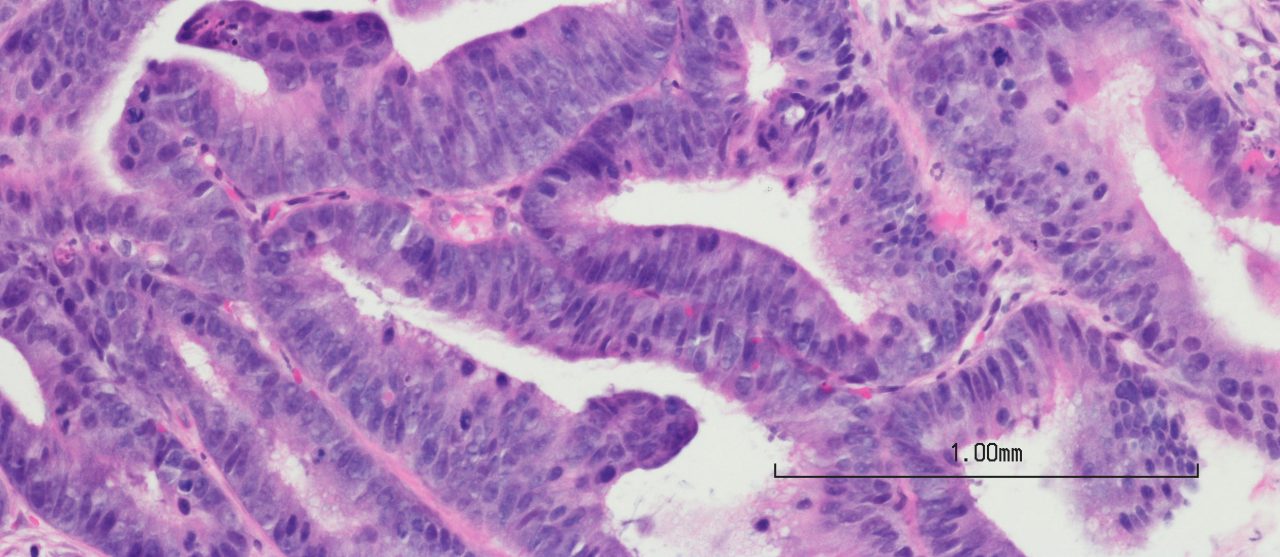How Colon Cancer Starts

Colon cancer starts in polyps. You may be more likely to develop polyps than other people, especially if you have a family history of polyps or colon cancer.
Colon (or colorectal) cancer begins with small polyps that line wall of your large intestine.
"Colon cancer is a growth in the colon that usually arises from a polyp. Sometimes the polyps look like stalks of cauliflower, sometimes they're flat," says Richard Goldberg, MD, former director of the West Virginia University Cancer Institute. "When they, spread that's when [people] have life-threatening issues."
Colon cancer usually develops in the cells lining the inside of the large intestine.
YOU MIGHT ALSO LIKE: Why Is Colon Cancer So Common?
The intestines are made of five layers. Starting from the empty space of the colon, the first layer is the mucosa, where nutrients, fats and proteins are absorbed from the food you eat.
Next is the muscularis mucosa that forms a barrier between the mucosa and a third layer called the submucosa. The fourth layer is the muscularis propria, which acts to push food through your intestines. The outermost layer is the serosa.
Colon cancers usually begin as benign polyps that grow from the mucosa. You may be more likely to develop polyps than other people, especially if you have a family history of polyps or colon cancer, or if you are African American.
Most polyps remain benign and are sometimes called hyperplastic. The likelihood that hyperplastic polyps will become cancer is very low. Other benign polyps are sometimes referred to as pre-cancerous. These polyps are not malignant, but they could become cancerous if they’re not removed.
A common polyp is referred to as an adenoma, which usually grows on a stalk. These polyps tend to grow slowly over a decade or more. The risk of an adenoma developing into cancer increases as the size of the adenoma increases and with the amount of time the adenoma has been growing in the colon.
In early stages, abnormal cells are contained inside the polyp and can be removed during a colonoscopy and examined under a microscope before they develop into invasive cancer. As cancer cells grow and divide within the polyp, they can grow into nearby colon tissue and become invasive cancer.
While fewer than 10 percent of all adenomas become cancerous, more than 95 percent of colorectal cancers develop from adenomas.
According to one study, the lifetime risk of developing an adenoma is nearly 19 percent in the U.S population. Nearly 95 percent of colorectal cancers develop from those adenomas. If you have a history of adenomas, you have an increased risk of developing colon cancer.
But a long latency period, from 5 to 10 years, is usually the time span it takes for an adenoma to turn malignant.
Along with a colonoscopy, other tests for colon cancer include:
- Flexible sigmoidoscopy
- CT colonography (virtual colonoscopy)
- Stool tests
To help prevent polyps:
- Maintain a healthy weight.
- Be physically active.
- Eat at least 2.5 cups of fruits and vegetables a day.
- Choose whole grains over refined grain products.
- Limit the amount of red and processed meat you eat.
- Limit alcohol consumption.
- Don’t use tobacco.
If you’ve had one or more polyps, you’re more likely to develop more, so make sure you’re getting colonoscopies at regular intervals to keep cancerous polyp form forming or cells from spreading into your blood stream and other parts of your body.
Updated:
March 01, 2023
Reviewed By:
Christopher Nystuen, MD, MBA